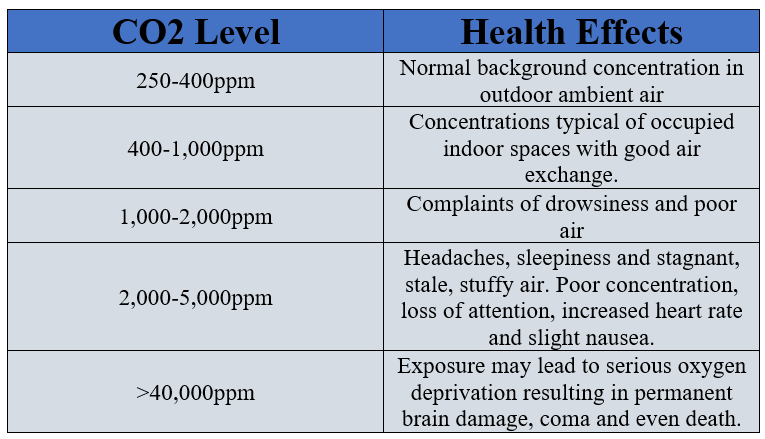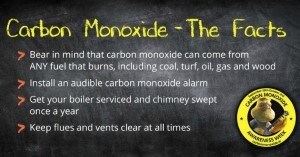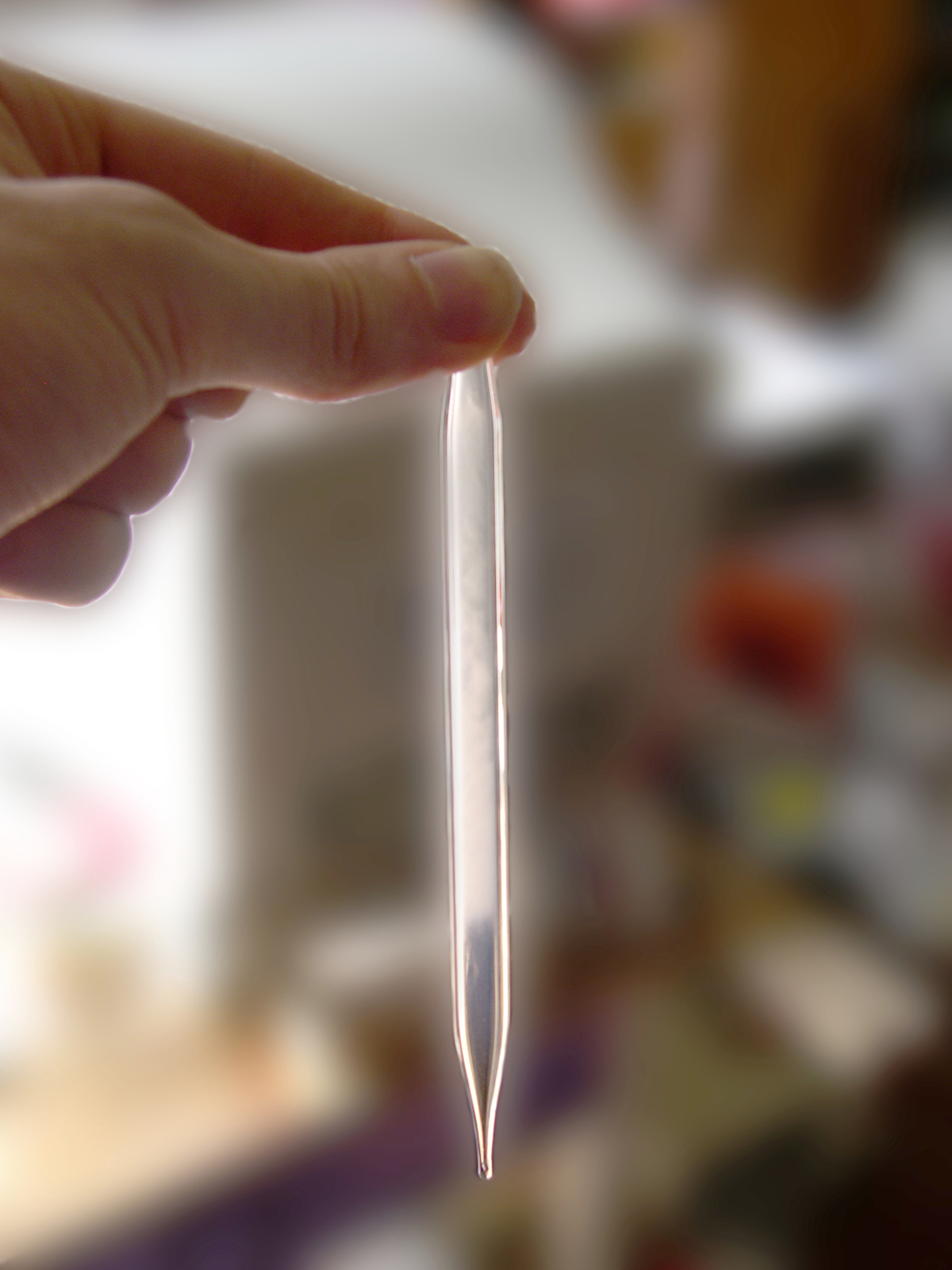

- #CARBON DIOXIDE POISONING INSTALL#
- #CARBON DIOXIDE POISONING WINDOWS#
disposable barbecue or outdoor heater) either indoors or in an enclosed space (e.g. Do not leave petrol-fuelled lawnmowers or cars running in the garage.Always use a safety mask when using chemicals that contain methylene chloride.Do not use carbon fuelled equipment and tools inside your home if you can avoid it.Always use gas or other carbon-fuelled tools in a well-ventilated area and put the engine unit and exhaust outside.For double-glazed or draught-proofed homes ensure there is still enough air circulating for any gas, oil, coal and wood burning home heating and cooking appliances that are in the room.Make sure rooms are well-ventilated and do not block air vents.Boilers, cookers, heating systems and other appliances that burn gas, oil, coal and wood (all carbon based fuels) should be installed and regularly serviced by a reputable, registered engineer.

Make sure home heating and cooking appliances are safe and well maintained.You may need one alarm for each room in the property that has a fuel-burning appliance, so be mindful that you may need to purchase more than one.įollowing these tips to reduce your risk of suffering from carbon monoxide poisoning:
#CARBON DIOXIDE POISONING INSTALL#
Ensure that you install the alarm according to manufacturers instructions and that the alarm is tested once a week. Look out for the kitemark which will ensure that the alarm complies with British Standards. Take care to ensure that you are buying a quality audible alarm. These can be purchased from a reputable retailer, online or in store. Protect yourself with a carbon monoxide alarm
sharing a wall or chimney with a neighbouring house where there is a carbon monoxide leak, even if your house does not have one. sooty stains on the walls around fires and water heaters. yellow or orange flames instead of the normal blue flames. Chemical fumes from cleaning fluids and paint removers that contain methylene chloride (dichloromethane).Įven though it has no smell, taste or colour there are warning signs that carbon monoxide may be in the air:. Running engines such as cars or lawnmowers in garages with doors closed. Poor or improper installation or use of heating and cooking appliances. Chimneys or flues blocked by birds’ nests, fallen bricks, growing vegetation, bad DIY etc. Badly ventilated rooms - sealed windows, no air bricks. Poorly maintained heating and cooking appliances. Faulty, damaged or worn out heating or cooking appliances. #CARBON DIOXIDE POISONING WINDOWS#
Burning fuel in an enclosed or unventilated spaces, where there are no air vents, windows or doors left open or ajar. Using cooking appliances for heating purposes. Indoor use of a barbecue grill or outdoor heater. When fuels such as gas, oil, coal and wood burn in an enclosed room all the oxygen is gradually used up and replaced with carbon dioxide, this prevents the fire burning properly and causes it to release poisonous carbon monoxide. It can be fatal or cause permanent damage to your health. Because it has no smell, taste or colour it is hard to detect and you might be breathing it without realising it. The jagged barb firmly secures 3/16″ ID sample tubing to the stem of the valve.Īll sampling instructions above are recommended guidelines for OSHA Compliance Safety and Health Officers (CSHOs), please see the corresponding OSHA method reference for complete details.Carbon monoxide (CO) is a poisonous gas produced when gas, oil, coal, wood or other carbon fuels don't burn properly. The nickel-plated brass connection allows the user to control gas flow into or out of the bag by twisting the barbed stem open (counterclockwise) or closed (clockwise). 
*Note for sampling with Cali-5-BondTM, 10 liter, five layer aluminized gas sampling bag: This gas sampling bag has an integrated twist on/off valve (V-NPB-2/00) Septum (A-SEPT/.750). If greater than PEL, order gas sampling bags.







 0 kommentar(er)
0 kommentar(er)
